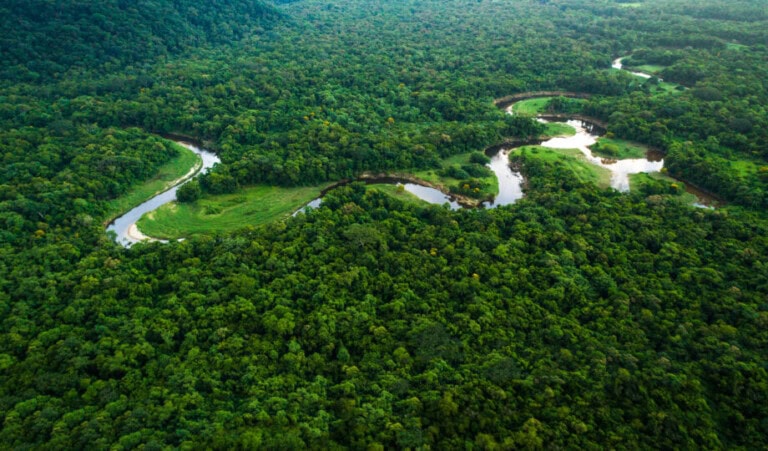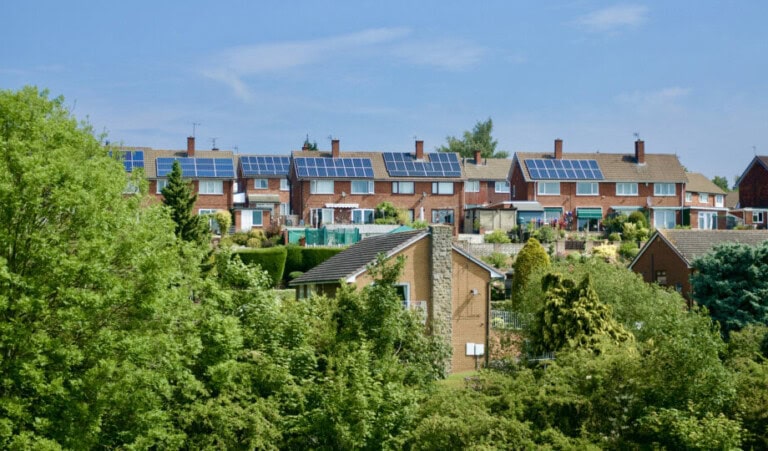COP15 and rethinking nature on new developments

With COP15 in full swing in Montreal and as we await the details of the new post-2020 global biodiversity framework (GBF) it feels like a good time to remind ourselves of the construction sector’s vital role in tackling the biodiversity crisis. The level of ambition of the new framework will affect what we need to do as businesses to tackle biodiversity loss, but will also affect us all individually, along with our children and grandchildren.
The new GBF is likely to include an agreement that businesses will be required to monitor and report on their direct and indirect (supply chain) biodiversity impacts, to reduce negative risks and impacts and, importantly, increase their positive impacts on nature. As a sector, we are fortunate to have a mechanism in place – biodiversity net gain – by which we can measure our direct impacts and seek to deliver a positive legacy for nature from our activities. Although admittedly, many of us are currently learning the technicalities of how best to achieve biodiversity net gain (BNG) for new developments in practice. As governments seek a global agreement to halt and reverse the precipitous decline of biodiversity on earth, it is worth pausing and reminding ourselves of the vital importance of the work we are doing here.
Whilst globally a million species are considered to be close to extinction, the story for the UK is no less bleak, having an average of only 53% of its biodiversity left and ranking in the bottom 10% of the world’s countries. This is more than just painful, as we bear witness to the loss of species familiar and beloved to us. It is a threat to our very existence; we are an integral part of nature and fully dependant on it. Accordingly, our economy and businesses depend on it too. At the business level, we will need to start to examine these dependencies, as well as our impacts and risks, and take steps to address them.
What does this mean for developers?
While much of this ‘footprint’ will be in our supply chain, our direct impacts are also significant. At the development level our dependency on nature is clear; nature provides a multitude of services and benefits, including climate resilience, which are fundamental to creating attractive, comfortable, healthy places for new communities to thrive. Our task now is to identify these services and the ways they add value to what we do so that we can properly account for them in our decision-making. Certainly, we are retaining trees and hedgerows and creating new wildlife-friendly drainage ponds because BNG obliges us to. But these features are providing so much more value to us – from helping the new development sit well in the landscape, adding sales value to properties, and offering flood mitigation and shading to future-proof the development, to name a few. Understanding the value of nature can help us see nature as a benefit – adding value to projects, rather than seen as a cost or constraint. These features are key development assets.
The past few years of global pandemic have brought home to many of us the benefits of having access to natural spaces and nature where we live. Biodiversity net gain offers an opportunity for housing developers to focus on delivering new developments where people can enjoy and benefit from nature-rich green and blue infrastructure on their doorstep. The health and wellbeing benefits are better understood than ever – helping us stay active, reducing stress, and connecting with others – to name a few. The more we can help people connect with nature, the more they will understand and care for it, and perhaps in turn, playing their part in halting and reversing the decline of species. In addition, we know our customers value nature enhancements on our developments too.
Nature needs protecting and enhancing across our landscapes, not only on nature reserves and other protected areas. New development can, and should, be designed to contribute to nature recovery networks and to enable wildlife to thrive and move through the landscape. At Redrow we have been working to deliver our Nature for People strategy to enhance biodiversity on our developments and finding ways to help connect communities with nature. Our Mill Meadows development in South Wales has turned a derelict industrial site into a thriving new community. It has retained woodland, new green open spaces and has a delivered a conservation success story with the endangered Lesser Horseshoe bat breeding at the site for the first time.
Done well, new developments can enhance biodiversity. The business benefits are many – and it’s the right thing to do.
Nicola Johansen is the Group Biodiversity Manager at Redrow who are UKGBC members.
Related
COP15 and rethinking nature on new developments

COP15: Nature as a service; Nature as a lifeline

UKGBC welcomes COP15’s ‘Paris moment’ but urges more tangible commitments

What’s next for Embodied Ecological Impacts?

